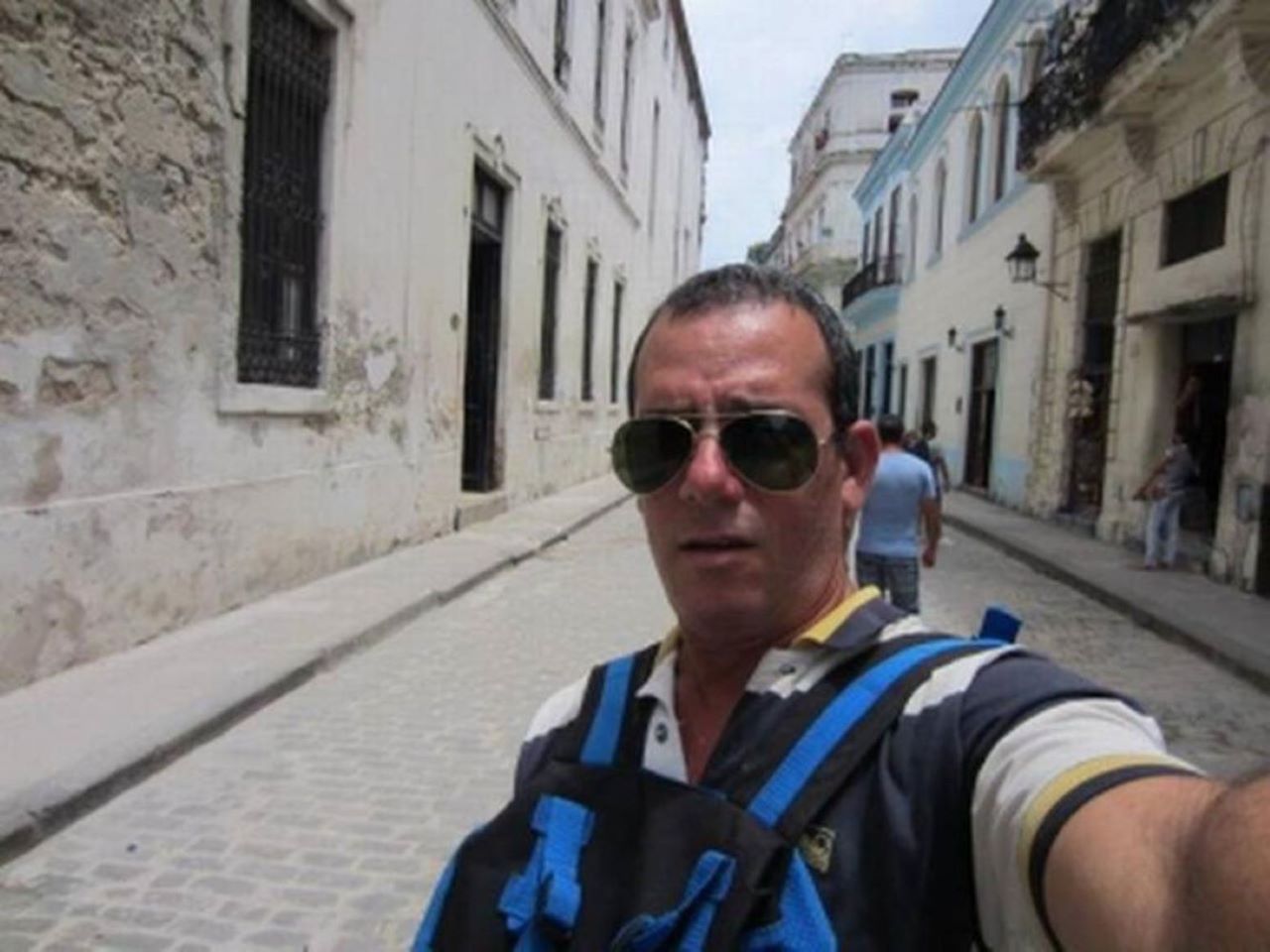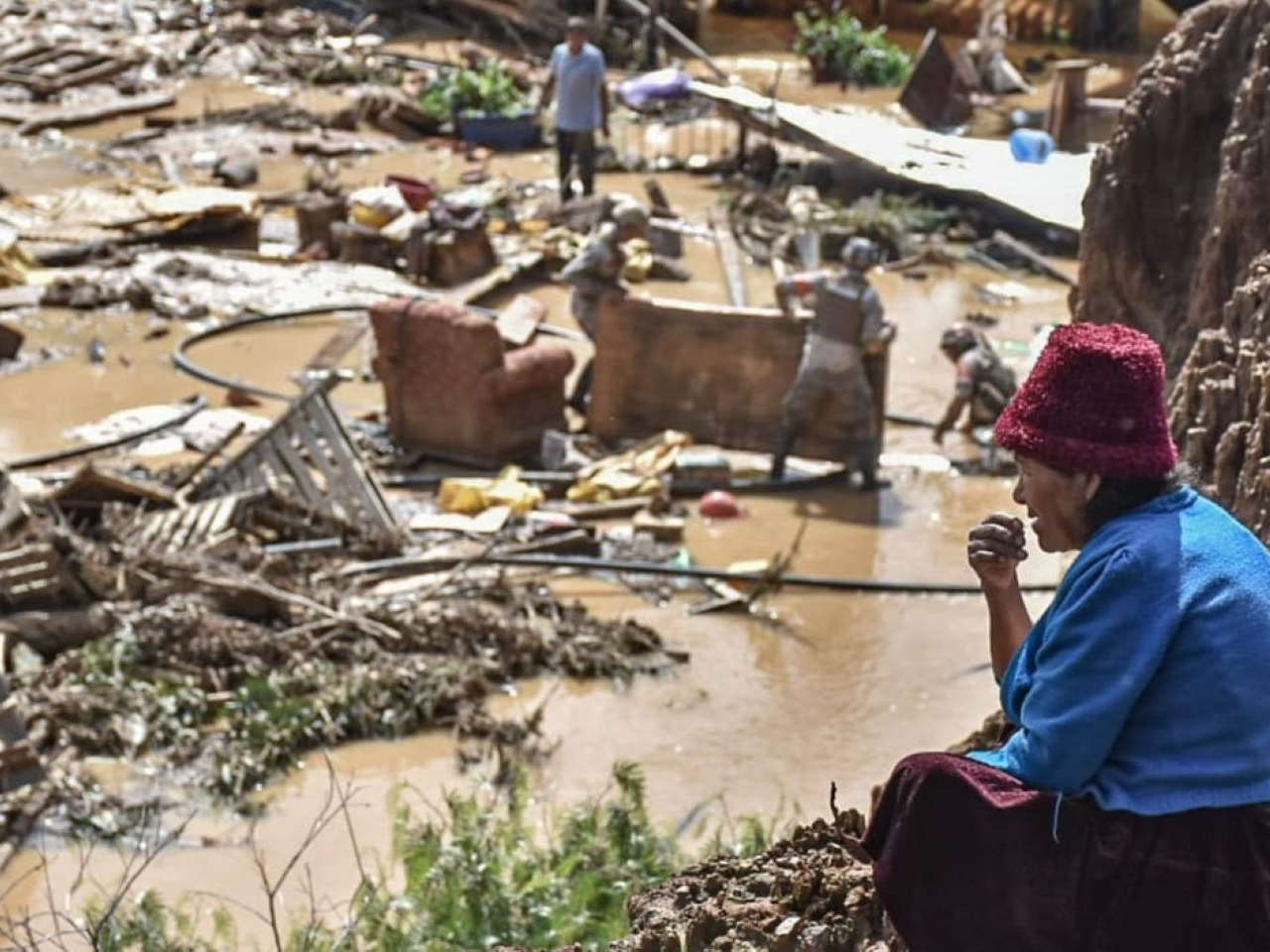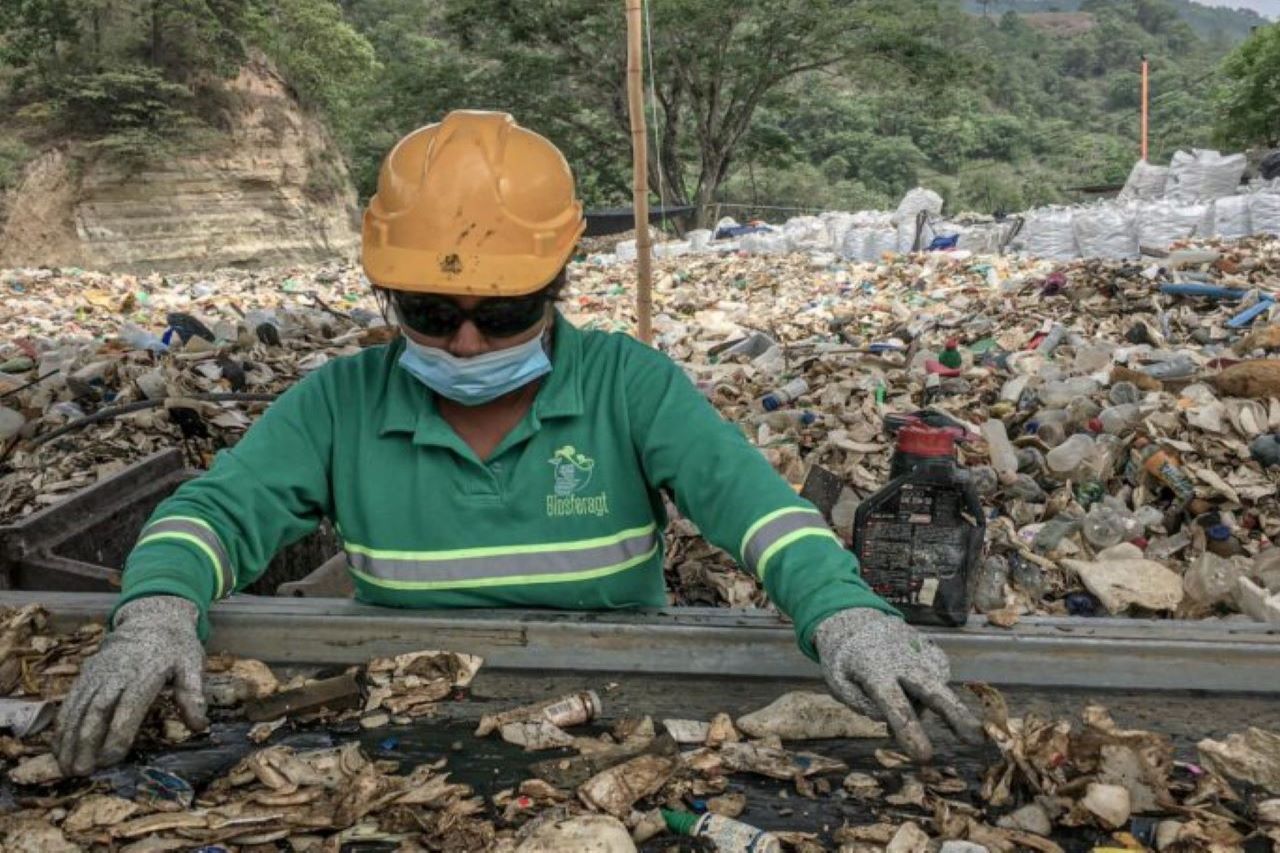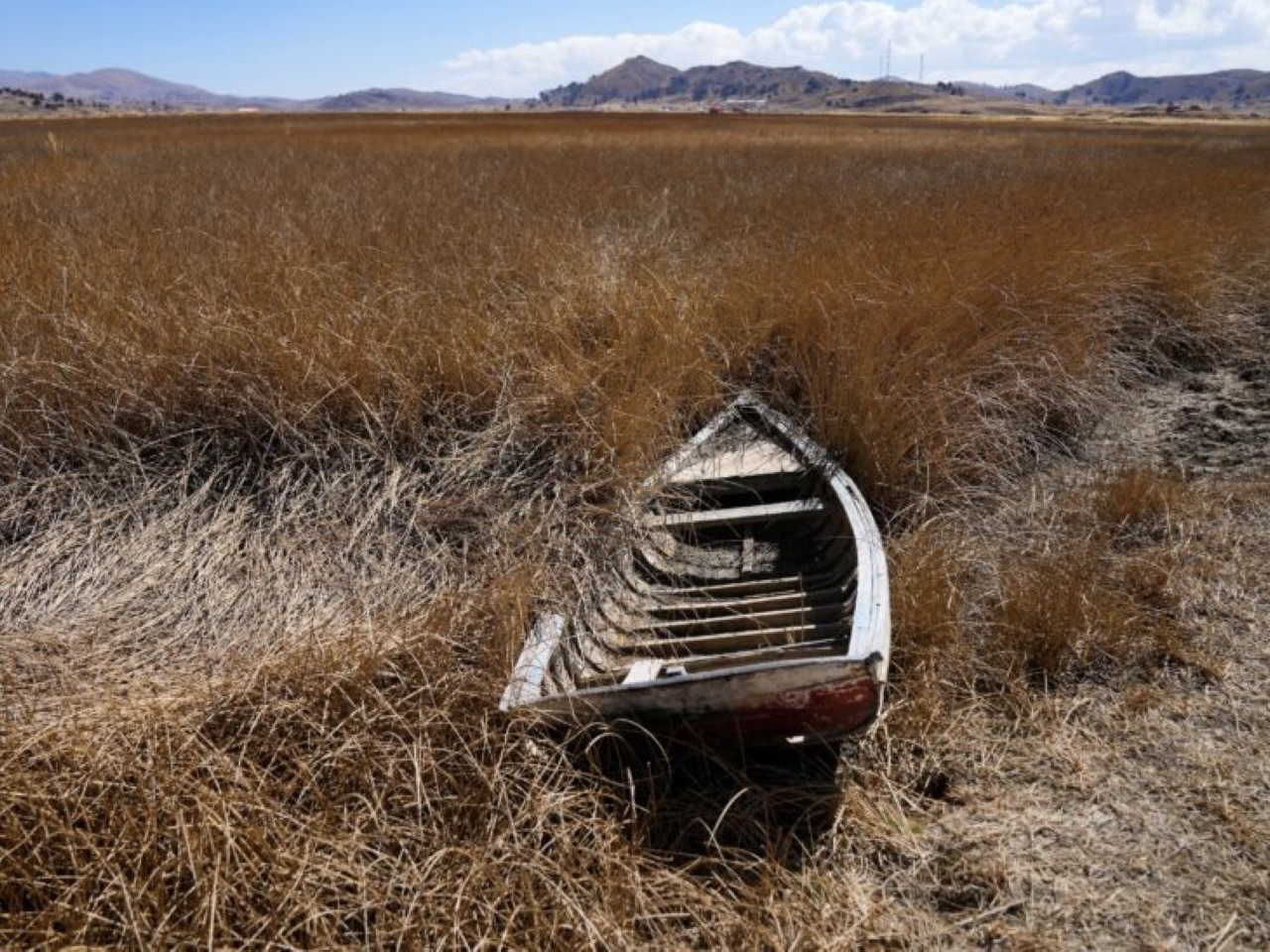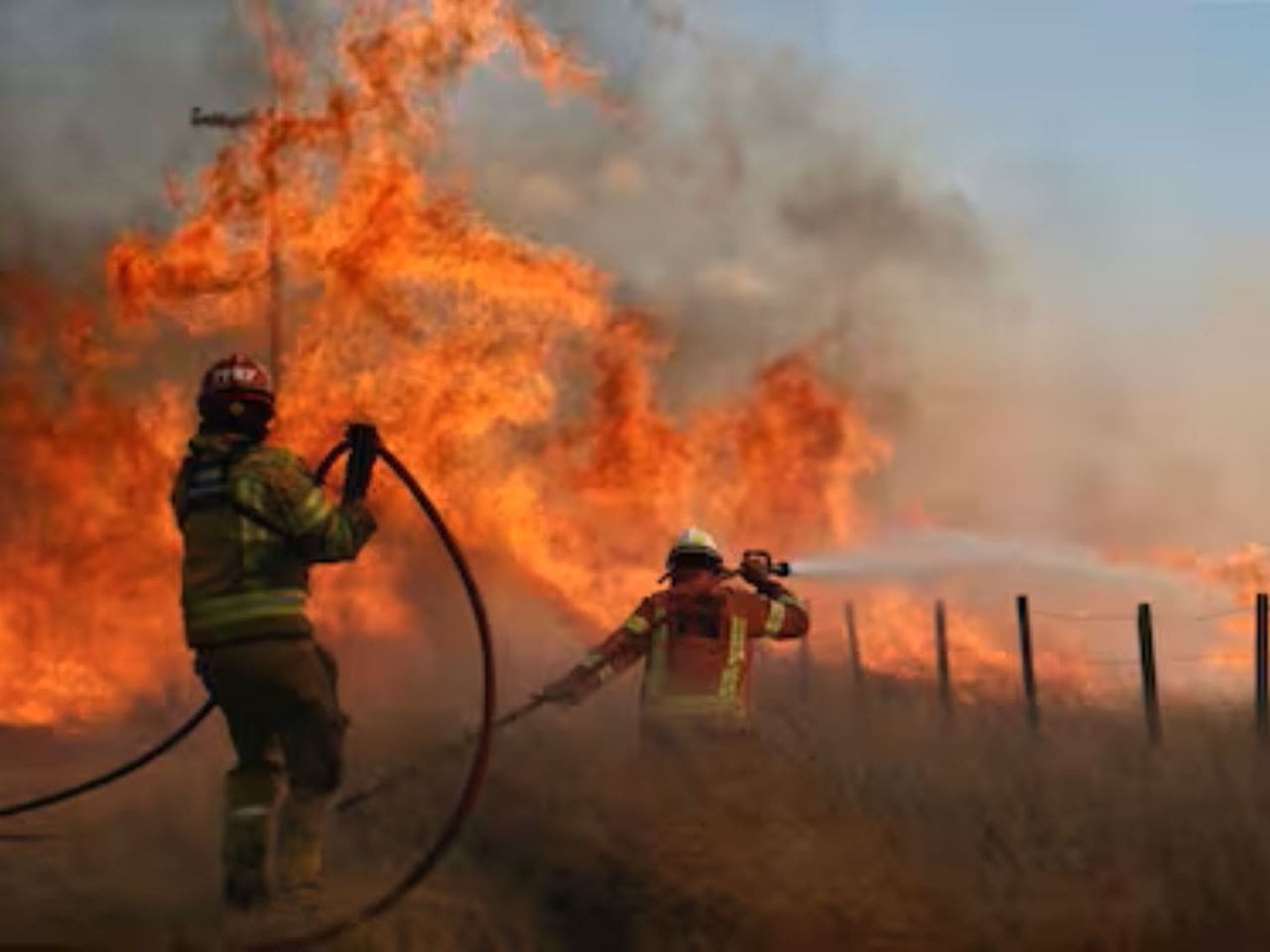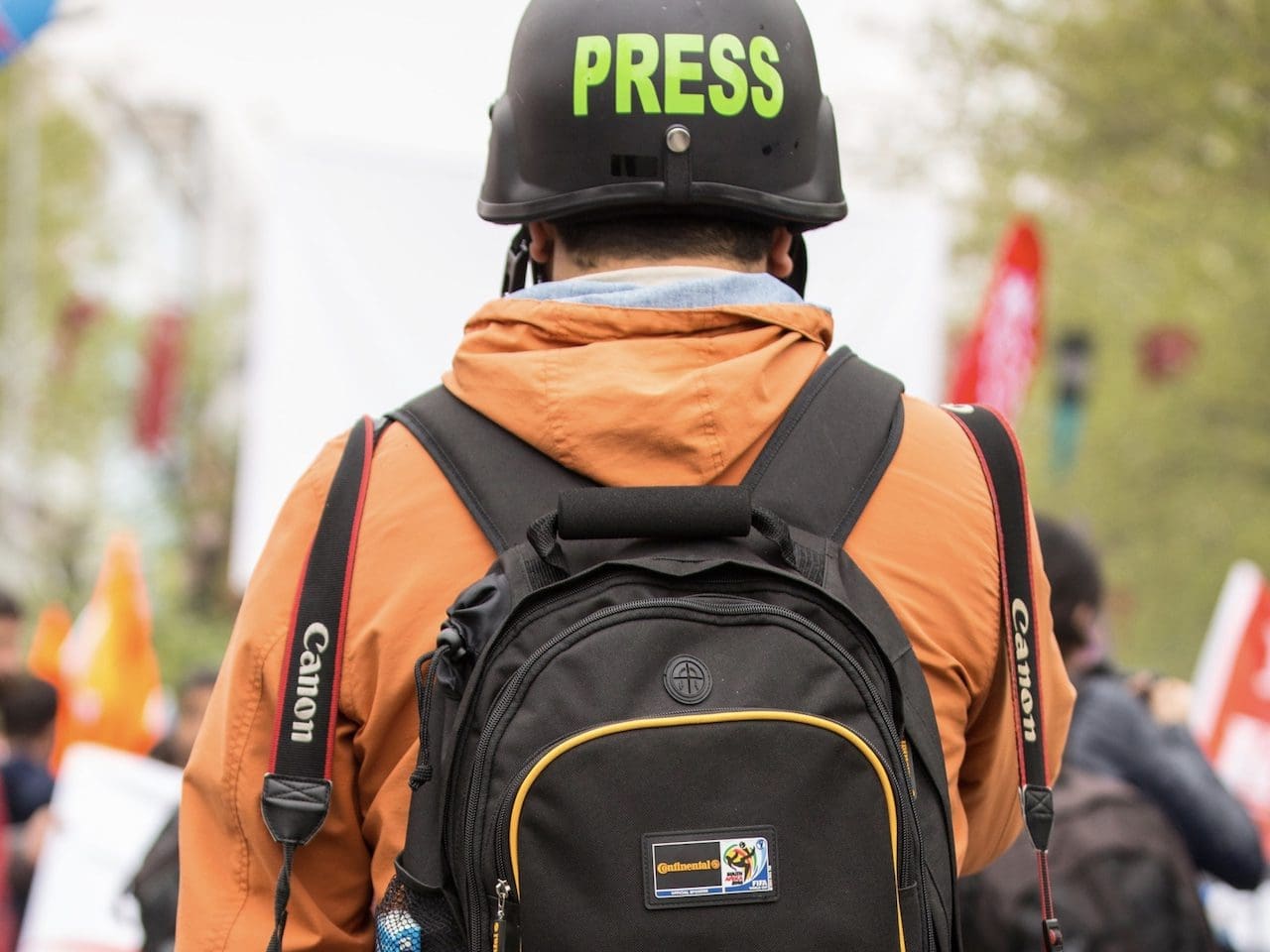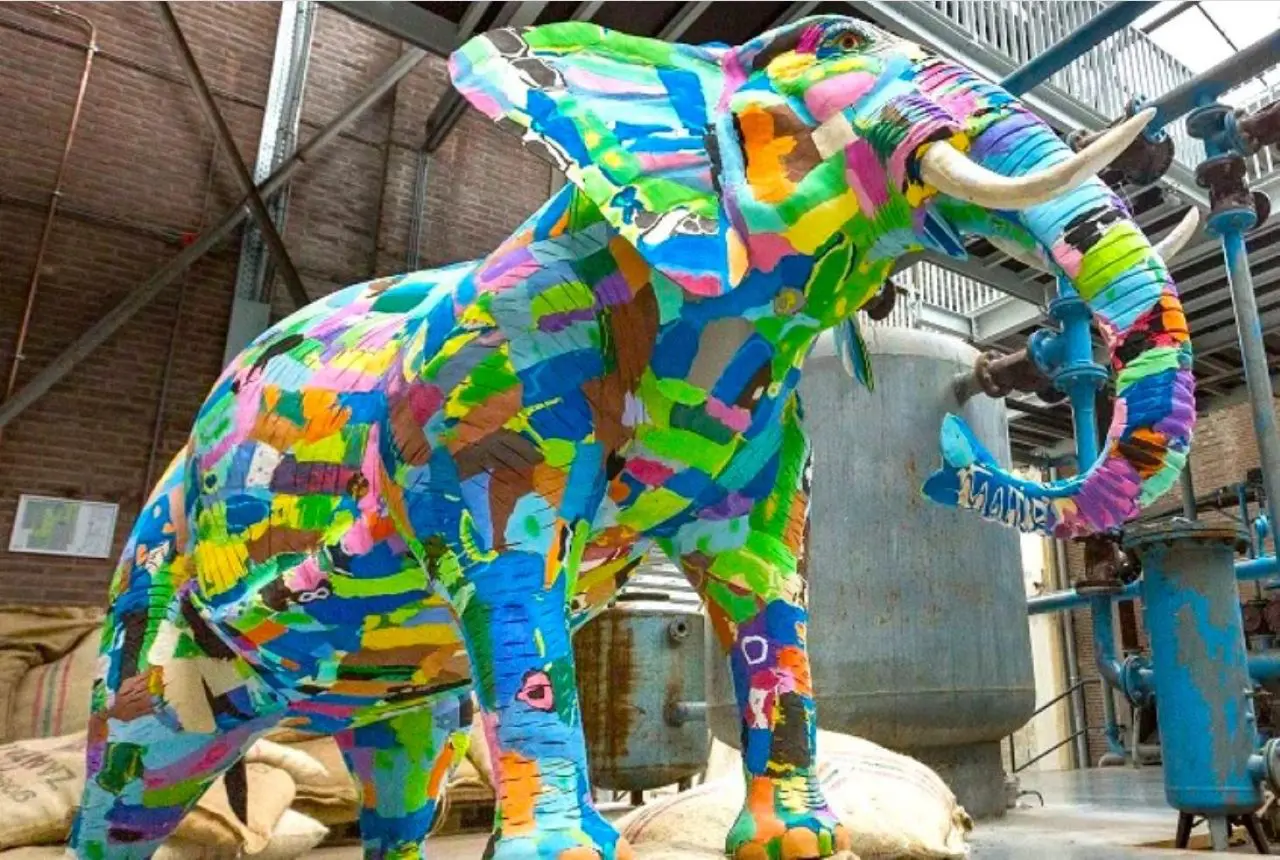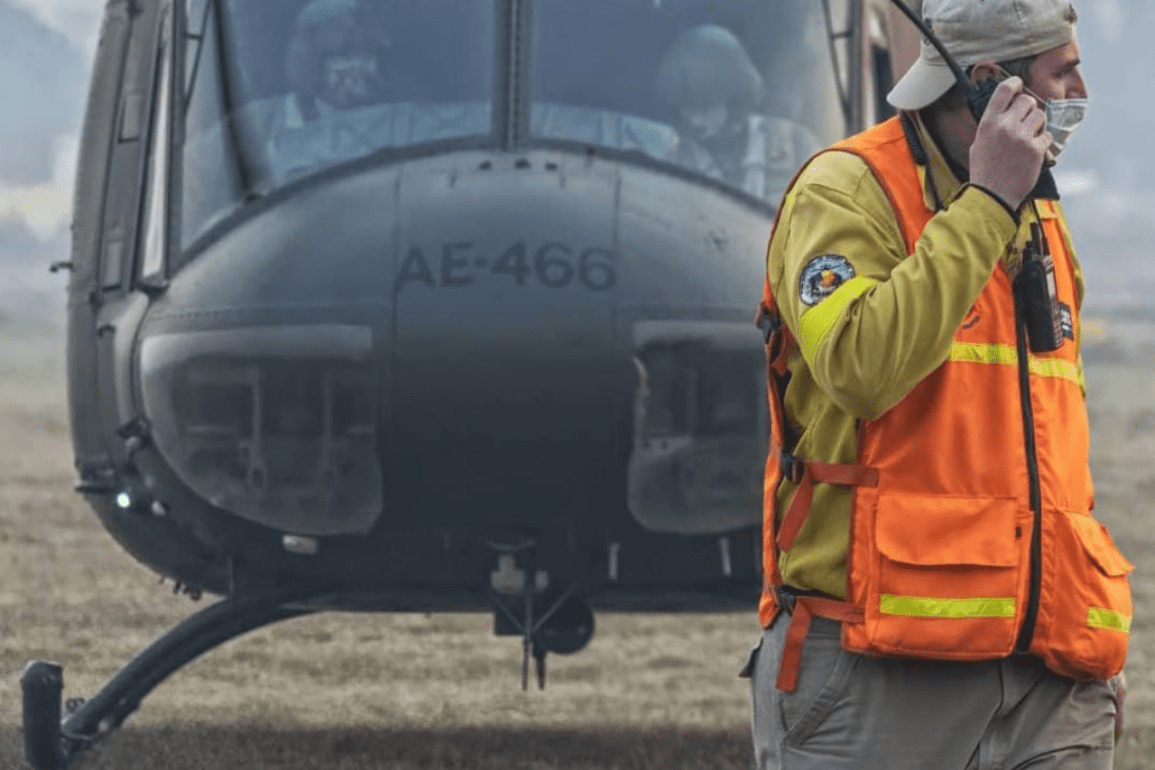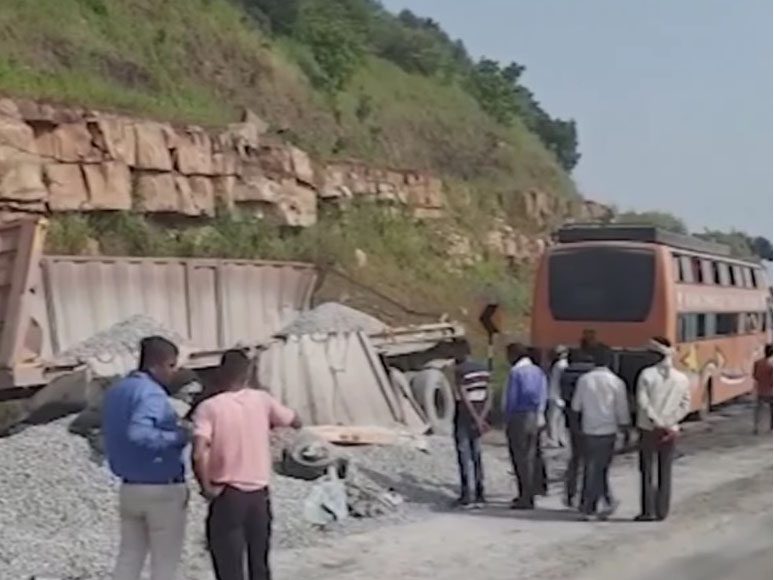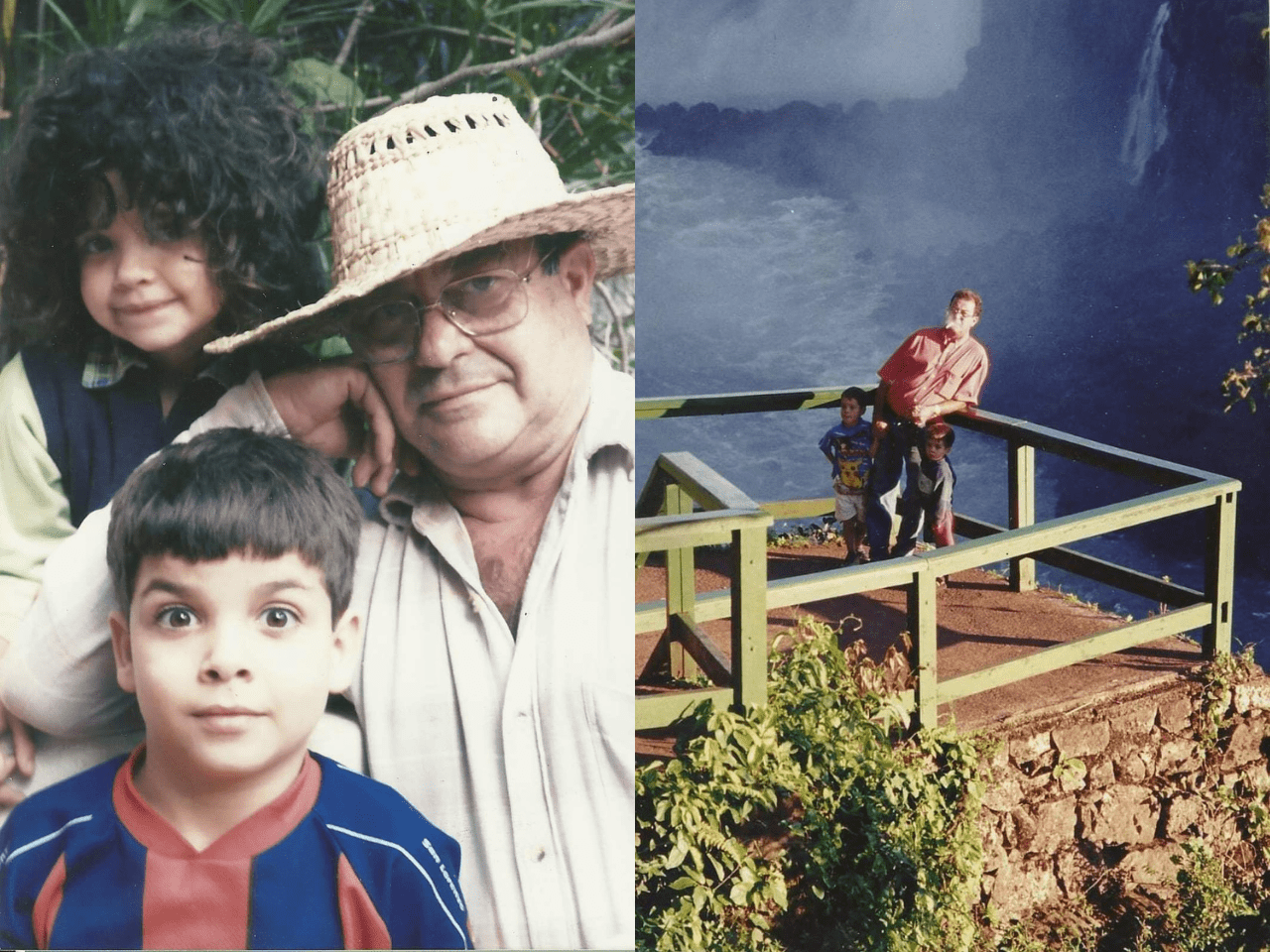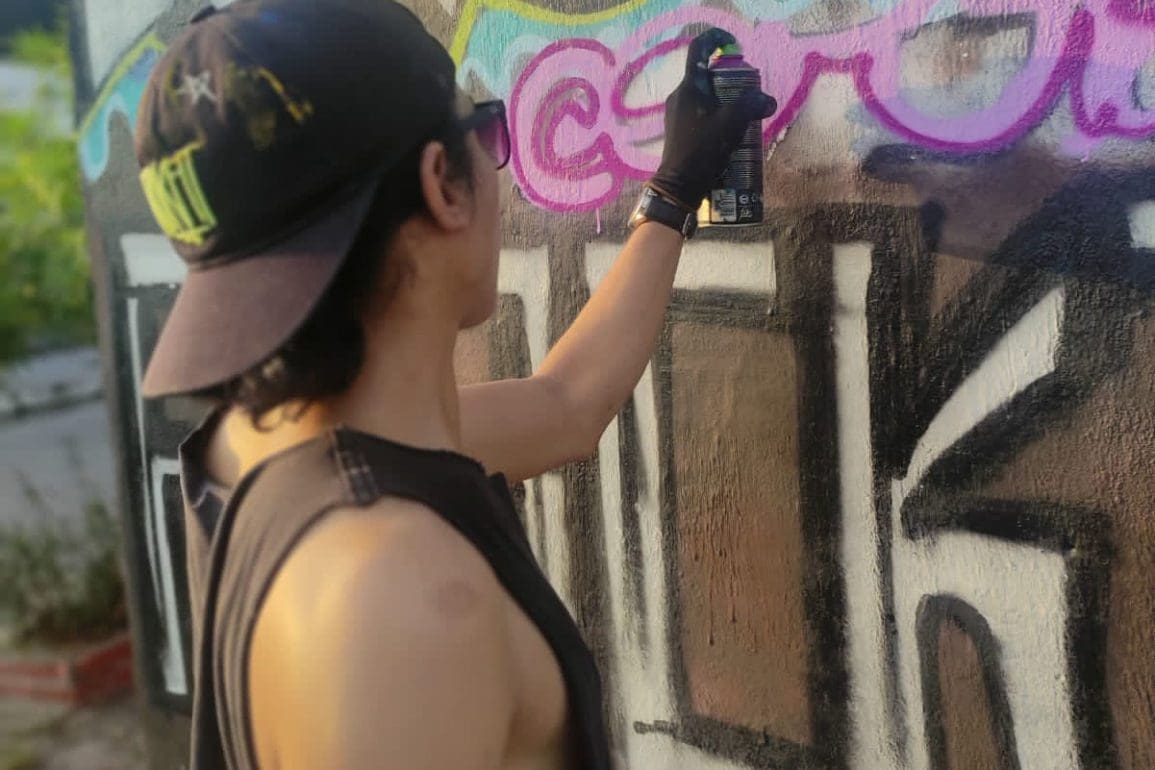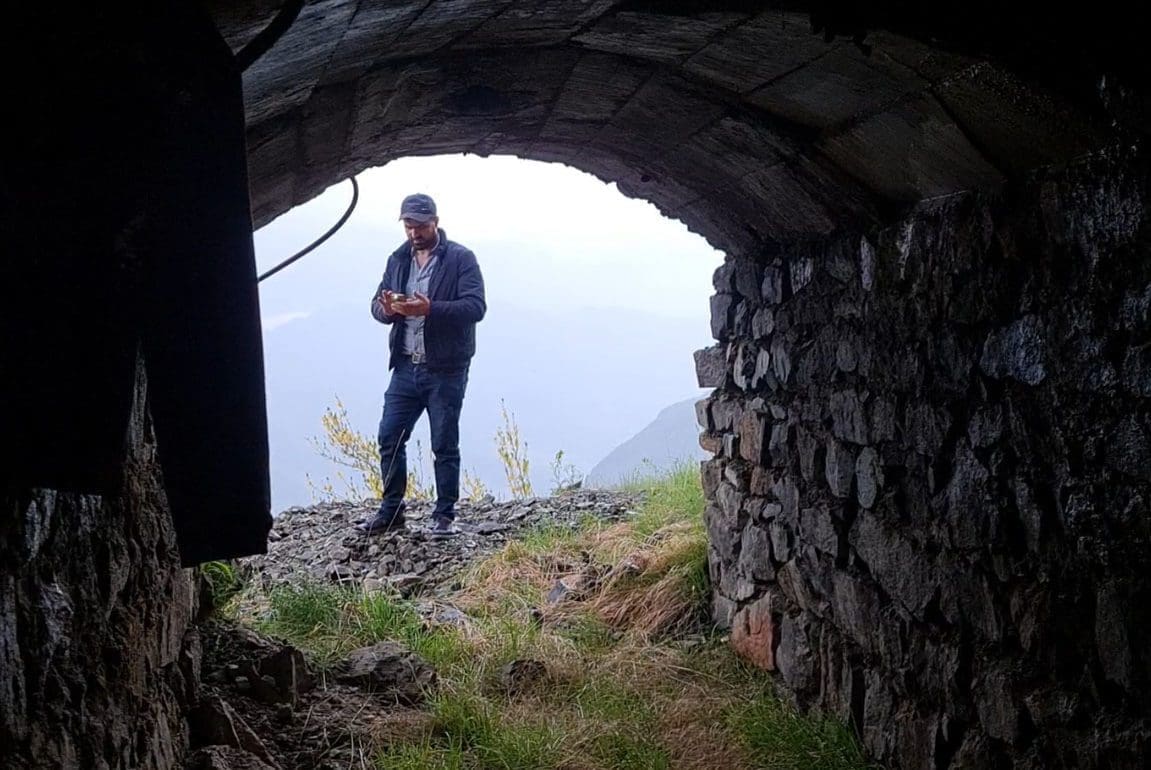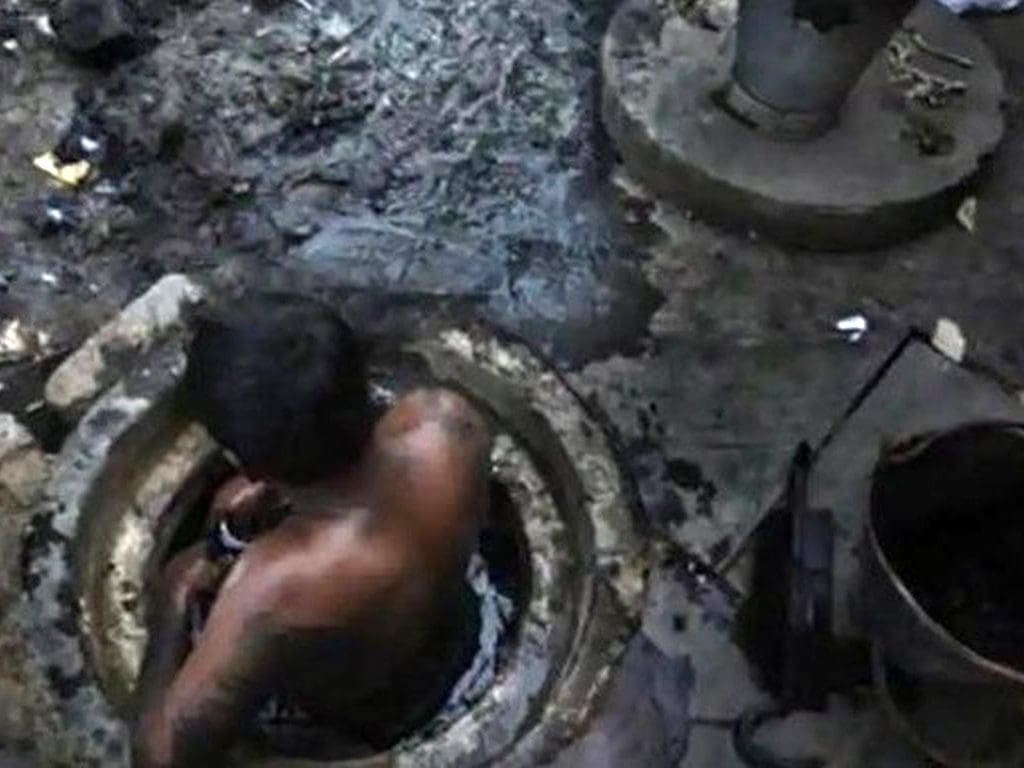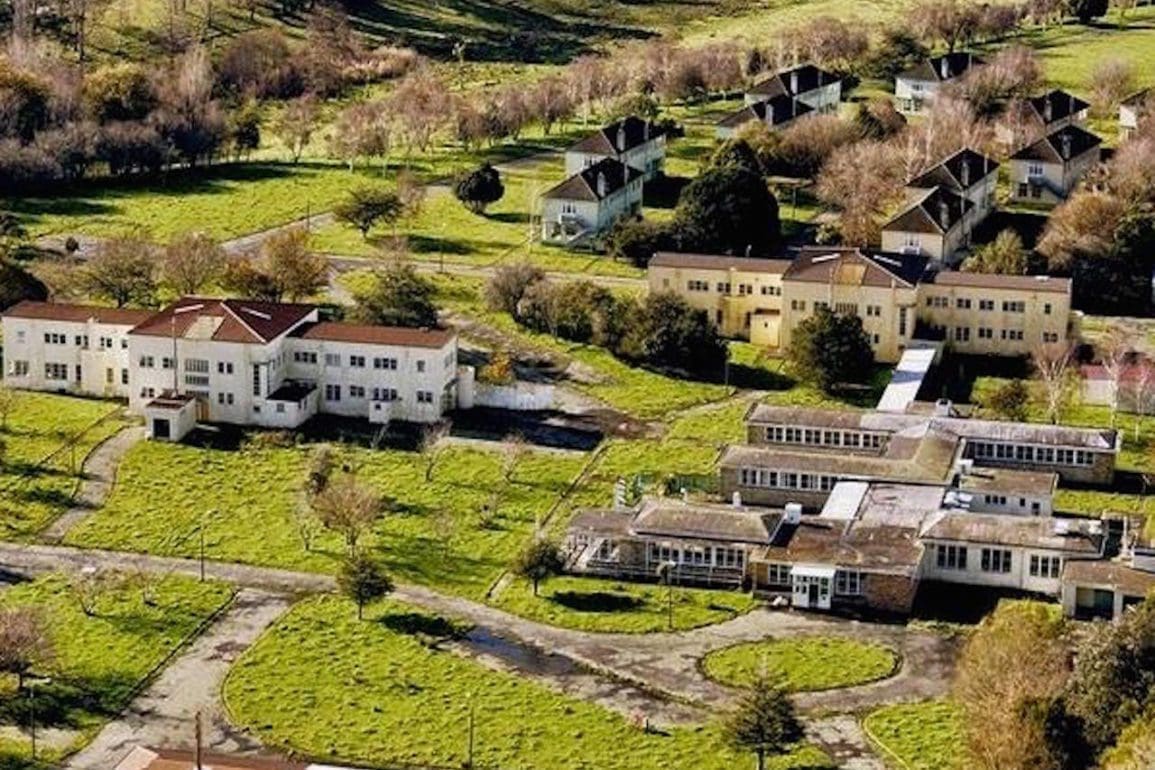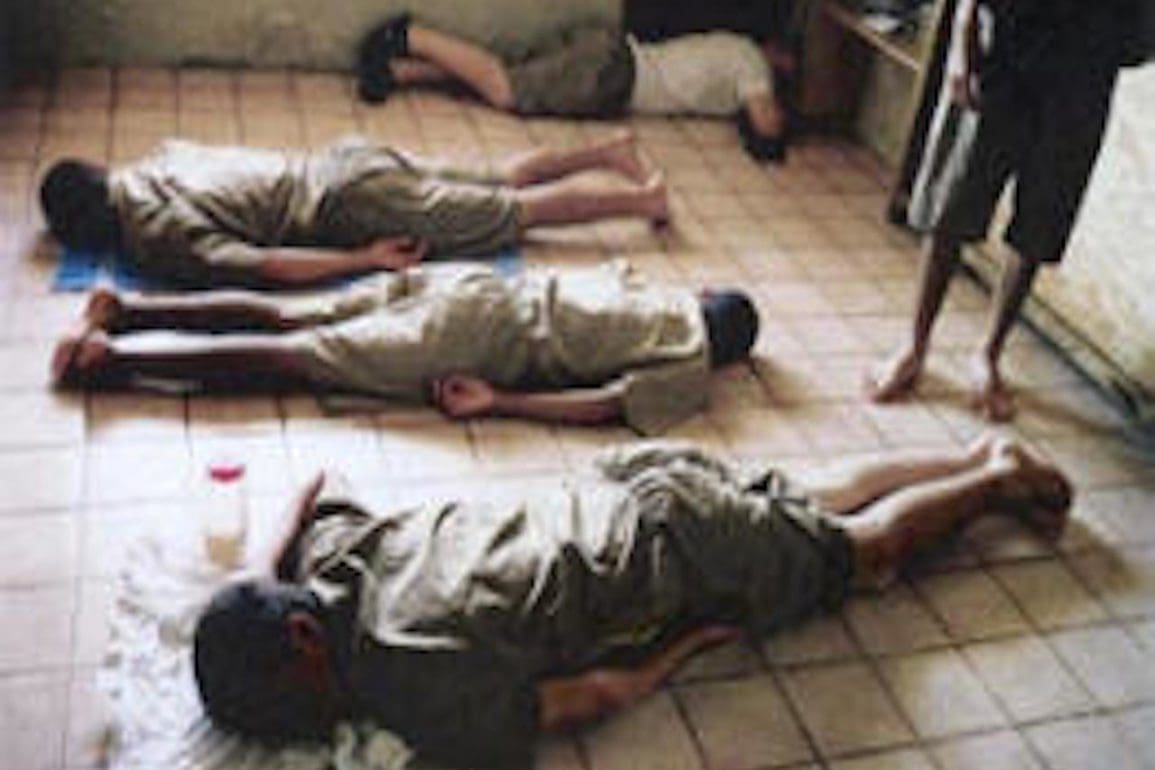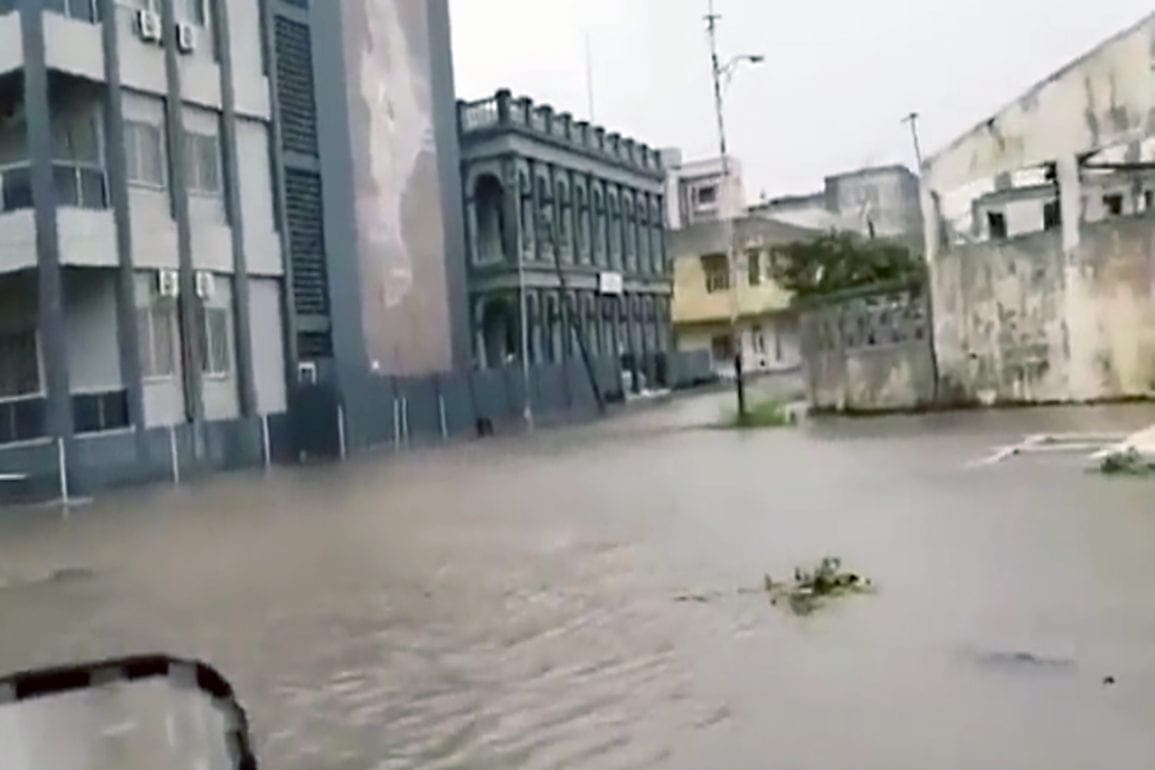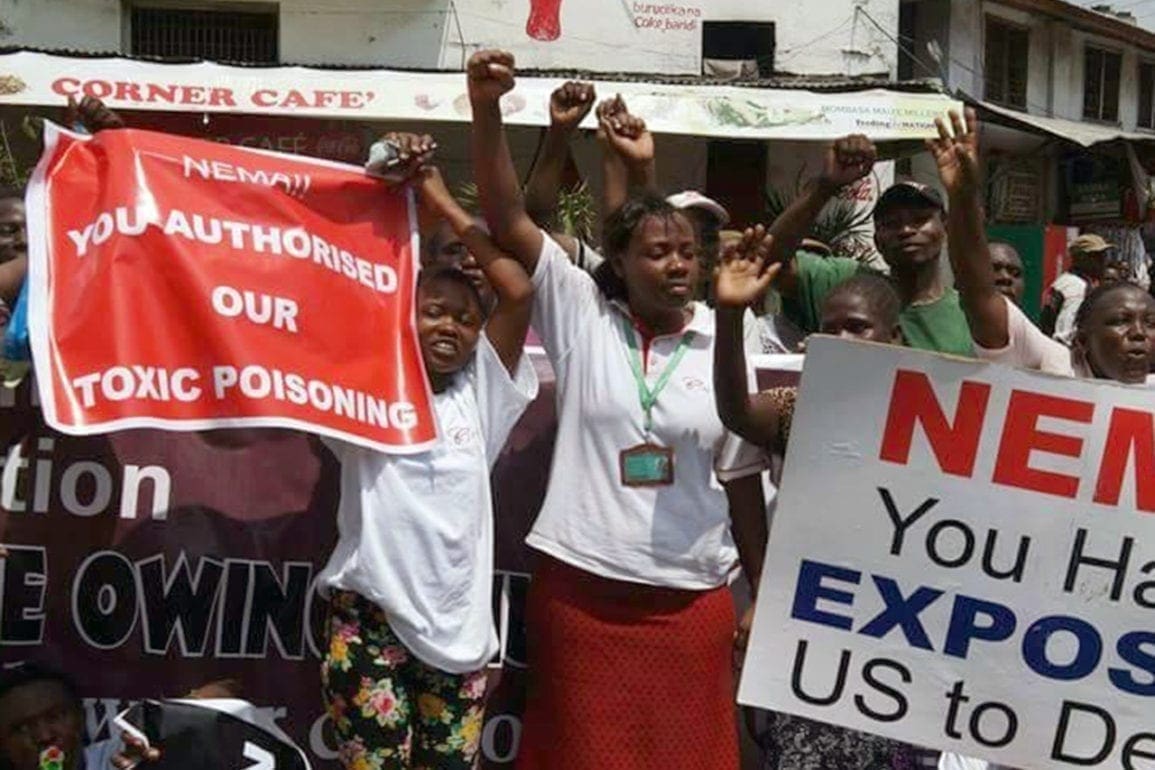Workers trapped in a collapsed Himalayan tunnel saved by a team of rescuers after 17 days
As we came closer to the rescue area, we heard the trapped workers rejoicing. It took two more hours, but we succeeded in creating an escape route. We completed the path just as the sun dawned on the horizon.
- 2 years ago
February 6, 2024

UTTARKASHI, India ꟷ When the Uttarkashi tunnel collapsed in India on November 12, 2023, 41 workers became trapped under the rubble. [It took 17 days to rescue them, and the entire country watched the news unfold at the construction site.] The construction workers completed nearly half of the 4.5-kilometer tunnel when the mountain caved in on it.
On November 22 at 10 p.m. my phone rang. My colleague Ashok Solanki asked for my team’s support. Normally when called in for a job, we get three to four days to prepare. However, Ashok said we needed to act quickly. The moment he hung up, I called my partner Munna Qureshi. He proceeded to select the men for the mission.
Read more harrowing rescue stories at Orato World Media.
We geared up and rushed to the site of the tunnel collapse in Uttarkashi
As the night went on, I waited nervously for Ashok to call me back and give us the green light. After an hour passed, I panicked and dialed his number. Ashok informed me that management felt indecisive about including us in the rescue. We needed to wait an additional two to three hours.
All night long, we waited anxiously. Just as I was giving up, my partner Munna called. He demanded an answer, threatening to go to the site if we heard nothing. I talked Munna down and we all went to bed for the night.
The next day at 3:00 p.m. I reached back out to Ashok, and he excitedly instructed me to bring my team to the site. Pit workers – also known as rat-hole miners – typically excavate tunnels with a three- to four-foot radius. From there, they enter a coal mine and extract the resource. While we did not identify ourselves as rat-hole miners, my men perform similar tasks. We work disaster sites like landslides where technology remains ineffective.
In a hurry, we got ready and purchased extra gear like a pickaxe, shallow pan, rug, rope, and shovel. By 7:00 p.m. five of my colleagues and I set off for the tunnel. None of slept as we traveled through the night, and we reached the site around 5:45 a.m. What we encountered, I can only describe as awful.
The debris we had to get through included loose soil, rebar, pieces of steel, and construction supplies. The six of us felt clueless about how to start. Additionally, we were an insufficient team to tackle such a task. I made a quick decision to call in six other men to join us.
Treacherously digging through debris and rubble to create an escape route for trapped workers
When we first arrived, my team investigated the area and found falling boulders, loose earth, and metal. Knowing the auger could become stuck during drilling, I quickly informed management. They needed to leave it behind and let us dig manually. The representatives suggested at least starting with the auger but soon our worst concerns materialized.
As their workers dug with the machine, the rotating blades broke and became stuck in the debris. Over 400 pounds of cutter head lay trapped 45 meters below. Not only did the machine stop working; it became trapped below the surface. For three wasted days, we cut and removed pieces of the auger.
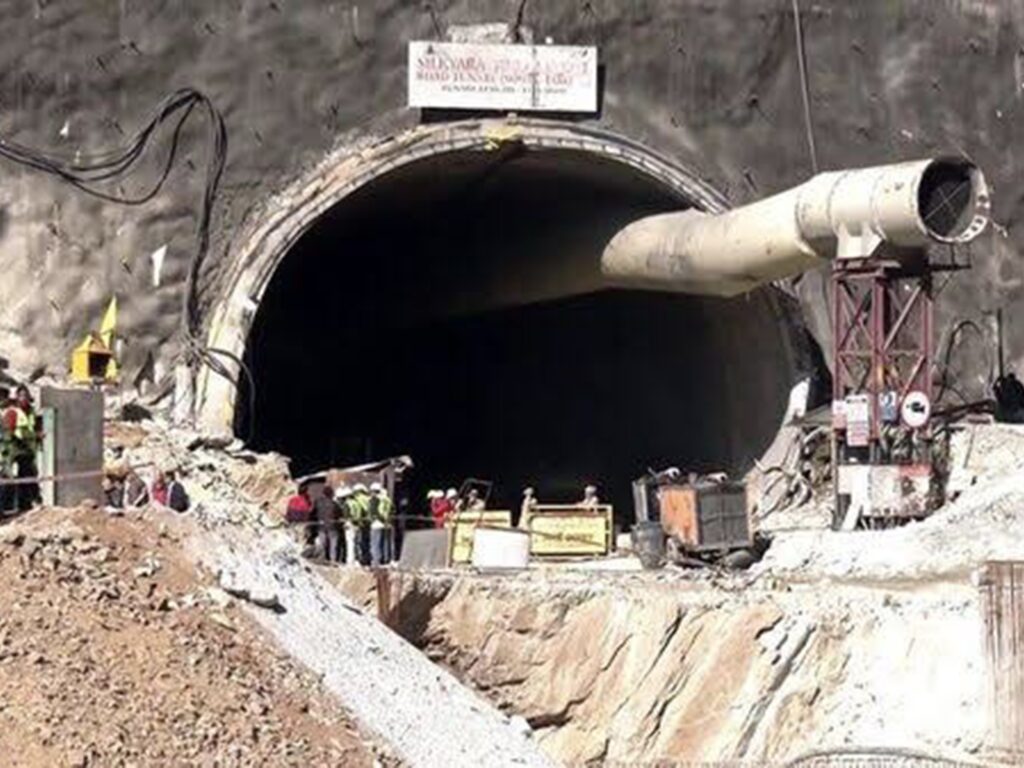

The boys crawled through a six-foot-long, 800 millimeter pipe to reach the wreckage. In addition to the pieces of the auger, they encountered a large volume of 32-millimeter rebar and several hefty pipelines and girders. We spent 26 continuous hours rotating three-man teams. We had a pit-man, one to place trash on the trolley, and one to hold the trolley in the shaft. When we finally made it through the debris, we began drilling horizontally then vertically. The final 15 meters proved the most difficult.
We heard talk of the danger of debris falling onto our heads as we dug. Yet, the men persisted, putting their lives at risk. Inside the hole, they did not know if it was day or night. Through steel pipes, we traveled about 60 meters. As we came closer to the rescue area, we heard the trapped workers rejoicing. It took two more hours, but we succeeded in creating an escape route. We completed the path just as the sun dawned on the horizon.
All 41 workers emerged alive and safe
When we reached the seventeenth day of the workers being trapped, some of my men became distressed and started crying. When three of my guys – Rashid, Feroze, and Munna – first encountered the workers, they found the men in good health and spirits.
Thank goodness they had decent provisions inside the tunnel including restrooms. The company had been using a six-inch pipe bore to deliver necessities like food, water, medication, and clothing. Inside the tunnel, we encountered massive machinery like cranes, mud loaders, and boring machines.
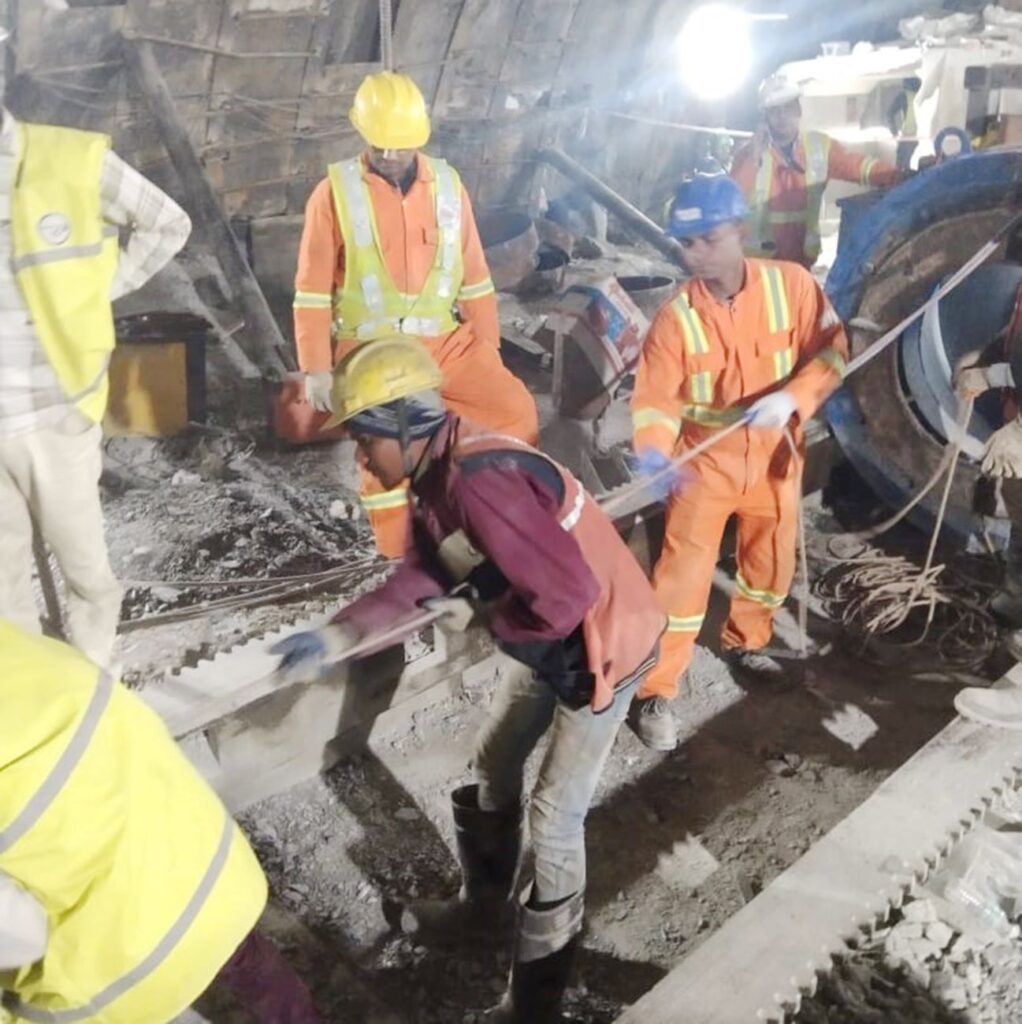

As their long captivity came to an end, the workers screamed with excitement. Some offered to give their lives for us and others pledged to give us everything they owned. My guys declared, “All we want is your love!”
With our job done, the State Disaster Response Force and National Disaster Response Force seized control. They entered the pipe and used stretchers to pull the trapped workers out of the tunnel one at a time. They started at 5:30 a.m. and by 8:30 p.m., all 41 personnel were rescued. The work felt no less than miraculous, as they emerged from the earth without a scratch.






































